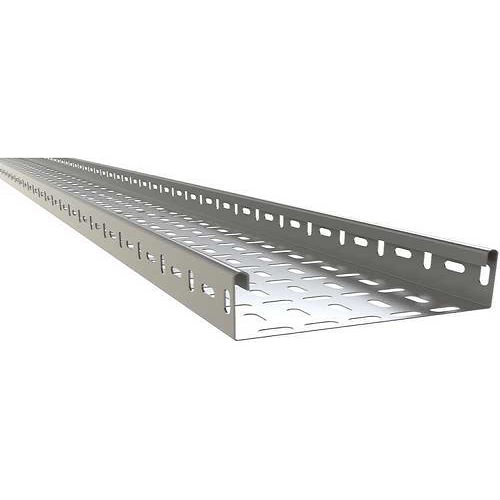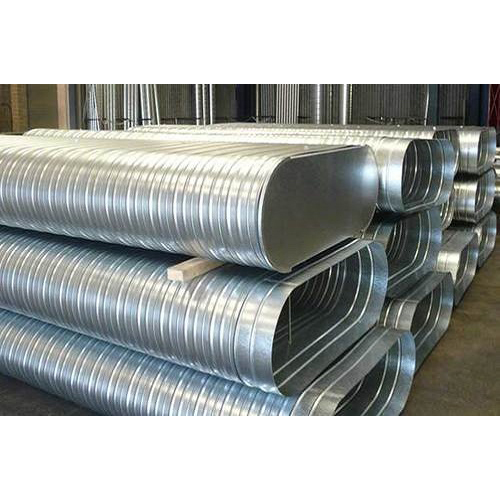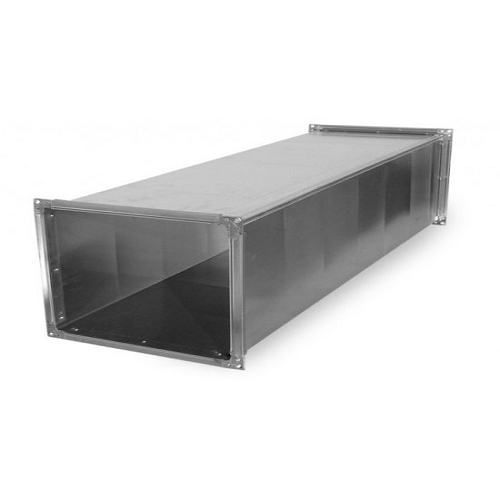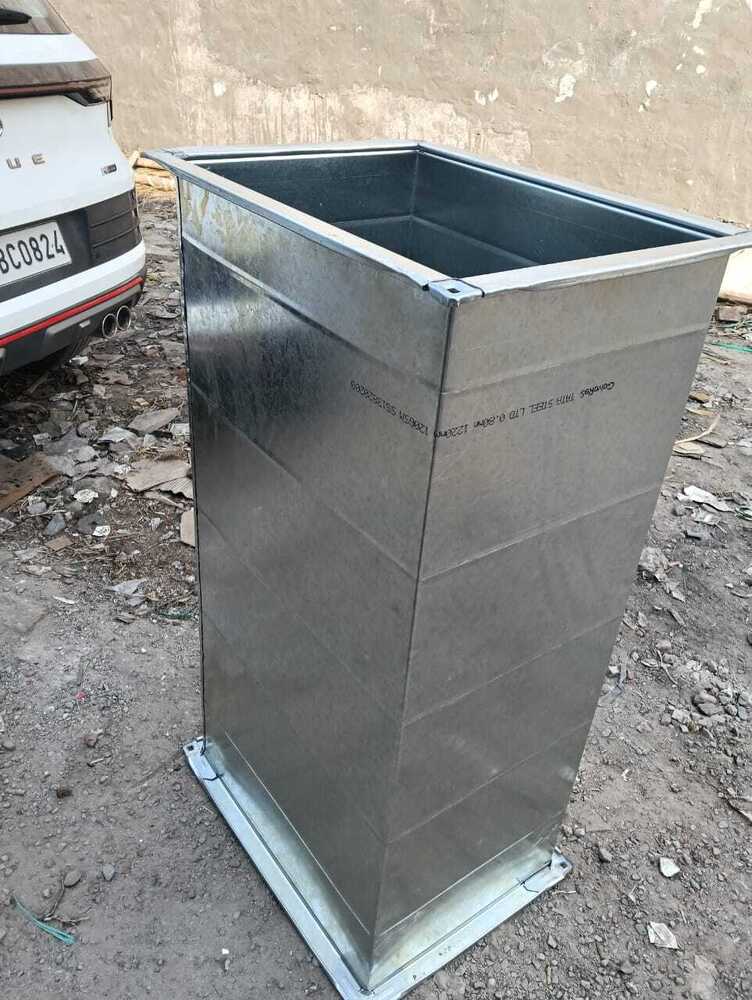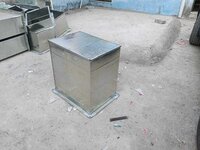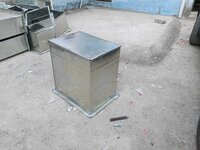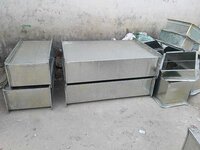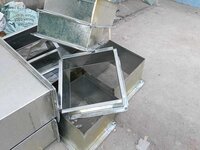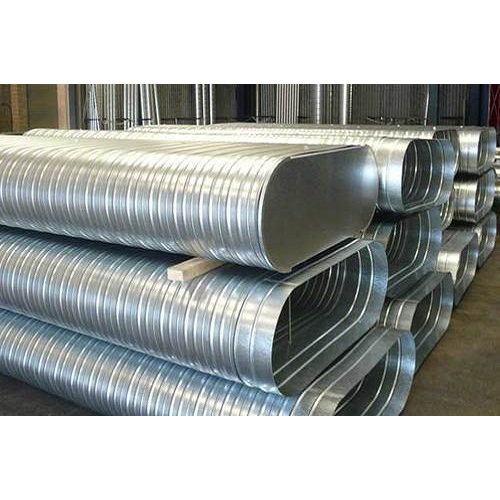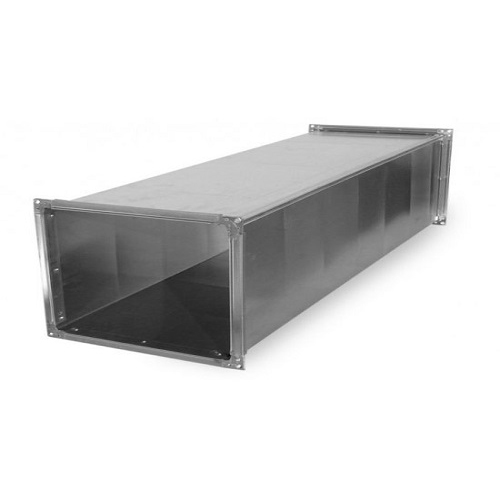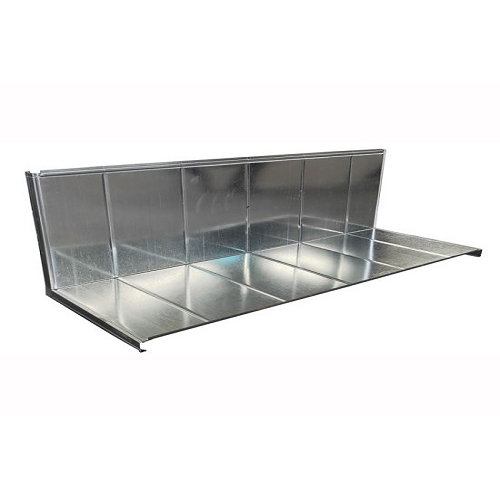AC Duct System: Description and Function
An air conditioning (AC) duct system is a crucial part of any HVAC (Heating, Ventilation, and Air Conditioning) setup. It is a network of ducts that distribute cool or warm air throughout a building, ensuring the desired temperature and air quality. These ducts are used to transport conditioned air from an AC unit, heater, or air handler to various rooms or areas in the structure. AC ducts can come in a variety of shapes and materials, with rectangular ducts being one of the most common designs.
Purpose and Importance of AC Ducts
The primary function of AC ducts is to channel the air conditioned by the HVAC system. This air travels through the ducts and is then dispersed into the rooms via registers, vents, or diffusers. The efficiency and effectiveness of the HVAC system depend heavily on the ductwork, as it determines how evenly the air is distributed and how well the temperature is maintained. If the ducts are poorly designed, leaky, or poorly insulated, the system will be less effective, leading to energy loss and discomfort.
In addition to temperature control, AC ducts also contribute to the overall indoor air quality. They can be fitted with air filters to help remove dust, allergens, and pollutants, thus improving the air breathed by occupants.
Materials and Design of AC Ducts
AC ducts can be made from a variety of materials, each offering different advantages depending on the specific needs of the building or system. The most common materials include:
Sheet Metal: The most common material for rectangular ducts, especially in commercial or residential settings. It's durable, resistant to corrosion, and can be easily shaped into various sizes.
Flexible Ducting: Typically made of a spiral wire core surrounded by a layer of insulation and a plastic or aluminum cover. Flexible ducts are more versatile and can be used in tight spaces where rigid ducts might not fit.
Fiberglass Duct Board: This material is often used for custom designs and is known for its excellent insulation properties. Its commonly used in commercial buildings to reduce sound and temperature fluctuations.
Plastic: In certain applications, plastic ducts, such as those made from PVC, are used. These are lightweight and corrosion-resistant, though less durable than metal ducts.
Rectangular ducts, in particular, are favored for their ease of installation and space efficiency. They can be more easily concealed within walls and ceilings, providing a cleaner, more organized look than round ducts. Additionally, rectangular ducts are often more cost-effective, especially in larger buildings, as they are easier to manufacture and install.
Installation and Maintenance
The installation of AC ducts requires careful planning and precision to ensure optimal airflow and prevent issues such as leaks, clogs, or poor insulation. A well-designed duct system will ensure that the HVAC system operates efficiently and effectively, with air reaching every corner of the building.
When installing rectangular ducts, considerations must be made for factors such as the length of the duct run, the number of turns or bends, and the size of the ducts. For the system to work properly, the ducts need to be sized correctly based on the buildings square footage and the capacity of the HVAC unit.
Proper maintenance of the duct system is also critical to maintaining system efficiency. Over time, ducts can accumulate dust and debris, reducing airflow and causing the system to work harder. Regular inspection and cleaning can help prevent clogs, leaks, and mold growth. Sealing ducts and ensuring that they are insulated properly will also help maintain energy efficiency.
Conclusion
In summary, AC ducts play a pivotal role in the overall performance of an HVAC system. Their design, material, and installation impact how efficiently conditioned air is distributed throughout a building. Rectangular ducts are particularly popular for their practicality and space-saving qualities, and they are an essential part of any modern air conditioning system. Proper installation and maintenance are crucial to ensuring long-term efficiency, comfort, and indoor air quality




